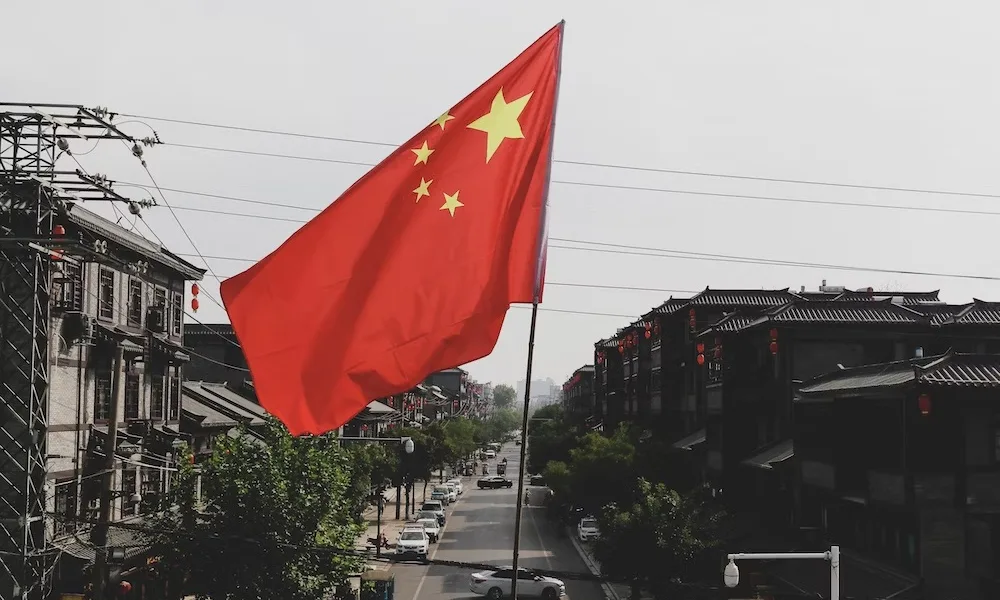Many Asian and Southeast Asian countries which see China as key
defense exporter of arms need to be careful. Several countries which
prefer to procure inexpensive weapons and systems from the Chinese
market, should not blindly buy military equipments from China. That's
because, the allure of China's military equipment often conceals
significant pitfalls and challenges for these ally nations.
Pakistan which is in the process of laying the groundwork for procuring
the Chinese fifth-generation FC-31 Gyrfalcon stealth fighter aircraft,
needs to look at the past track record of China. Earlier reports indicated
that Pakistan, a significant importer of Chinese military equipment,
expressed dissatisfaction with various Chinese-produced assets.
Complaints ranged from technical issues in F-22P frigates to the
malfunctioning onboard imaging device of the FM90 (N) missile system.
Such shortcomings compromised the missile system's ability to lock onto
targets, rendering crucial components unusable.
The latest reports indicated that FC-31 Gyrfalcon, also referred to as J-31
or J-35, has not yet been given an official designation by Beijing, raising
suspicion over the intention of China.
China's reluctance to market its more advanced J-20 "Mighty Dragon"
warplane abroad raises questions about its intentions.
Besides, Pakistan, Nigeria too has criticised China's defense industry for
selling malfunctioning and defective military equipment in recent years.
Nigeria reported technical issues with Chinese-made F-7 aircraft, leading
to crashes and accidents, necessitating substantial maintenance and
repairs. Similarly, Myanmar discovered inaccuracies in the Chinese-made
radar of its JF-17 aircraft, while Bangladesh encountered problems with
firing ammunition loaded into its Chinese-built K-8W aircraft soon after
delivery.
The strategy employed by China involves luring customers with affordable
pricing and financing options. However, the hidden costs become
apparent when this gear malfunctions. Lack of technological compatibility
and accountability from Chinese suppliers results in significant challenges
for recipient countries. The shortage of personnel expertise and difficulty
in acquiring replacement parts further complicate these issues. This
forces some countries to seek assistance from third parties, causing
delays in their military modernization efforts.
Recent data from the Stockholm International Peace Research Institute
indicates a decline in China's arms exports. This could potentially be
attributed to concerns surrounding the reliability and performance of
Chinese military equipment.
The reliability issues persist even for Pakistan, which faces severe
mechanical problems with several multi-role frigates developed by
Chinese shipbuilding firms. Despite being designed for naval missions
with long-range missile capabilities, these frigates struggle due to onboard
missile systems' inability to lock onto targets effectively.
China's budget-friendly military gear, while initially appealing to
developing countries seeking hardware upgrades, poses substantial longterm risks. While affordability remains a key factor, recipient nations must
weigh these against the potential unreliability, deficient maintenance
contracts, and training inadequacies associated with Chinese suppliers.
Continual dependence on such equipment might not be a viable strategy
if reliability concerns persist.
A RAND report on China's military exports showed that its customers were
primarily developing countries. Its largest customers were in South Asia
and Africa, though it has also made a push into South America. China has
also benefited as countries in the Middle East and North Africa have
sought to reduce their dependency on Western military suppliers. Soft
power and image-building are China's major motivators in these regions,
setting the foundation for ties in the same way that its Belt and Road
infrastructure projects do.
The report clearly stated that China was not particularly discerning in who
it will or won't sell to. Its arms deals had few political contingencies
involved, the report stated. In Africa, sales was driven by profit and trying
to grab market share from Russia. If a country would worry about its
human rights records, financial credibility, or regime stability might harm
its eligibility to purchase military equipment from Western suppliers.
Hence,China was always an option.
In addition, China was a major player in the “value arms” market such as
light training and fighter aircraft, armored personnel carriers, and
unmanned aerial vehicles. Such equipment met the affordability and the
minimum functionality criteria that developing countries look for to use in
counterterrorism operations and fighting rebel groups.
Surprisingly, the Stockholm International Peace Research Institute data
released in March 2023 stated that a 23 percent decrease in China's arms
exports between the four-year periods of 2013–17 and 2018–22.
However, experts said that affordability will remain an issue for developing
countries looking to bolster their hardware and supplies. They also may
have few alternatives. But if recipient countries continue to view Chinese
military equipment as unreliable long term, or find training and
maintenance contracts lacking, they may not want to become completely
dependent on Chinese suppliers. The ball is in China's allies court now.
"China's Sale of Flawed Military Equipment to Allies, Pose seriousChallenges"


